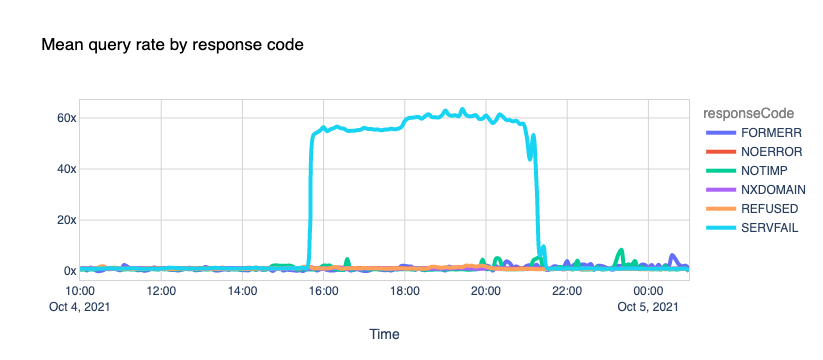OMG: Democratizing Network Automation
I totally understand that entities relying on sponsors have to become creative while promoting whatever theirs sponsors want to sell, but in my opinion this is a bridge too far:
[…] explore how Gluware aims to democratize automation; that is, get you quick wins around common tasks such as configuration changes and OS updates.
Democratizing automation? Because it’s authoritarian now? By providing the abilities like configuration changes and OS updates that have been available in network management tools like CiscoWorks or SolarWinds for ages?
You know what’s really hard when automating existing networks? Figuring out how to simplify them to the point where it makes sense to automate them. Will any shrink-wrapped GUI product solve that? Of course not.






